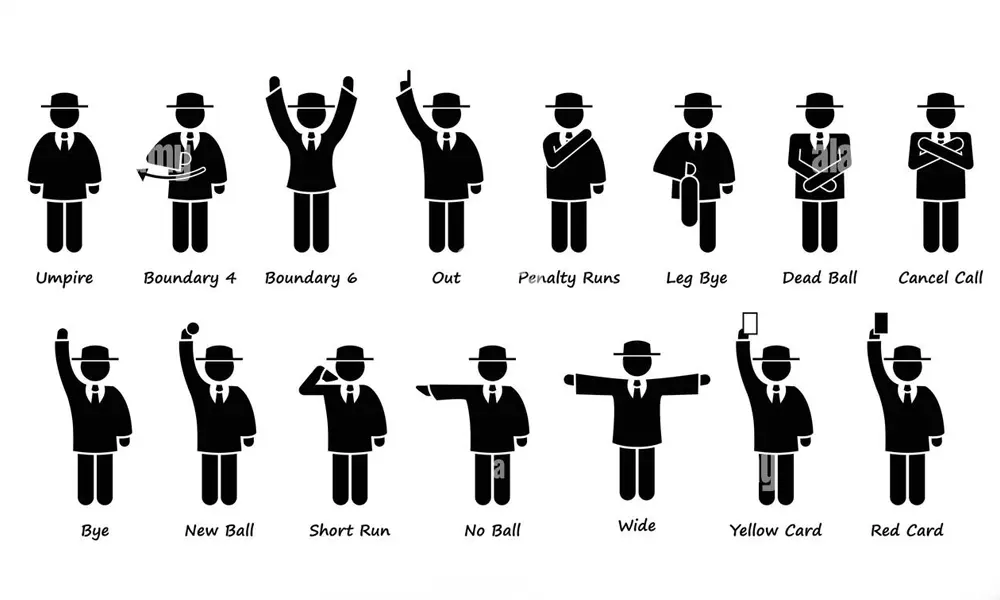How Cricket Governing Bodies Shape the Sport's Future

Cricket, a sport steeped in tradition and global appeal, owes much of its structure, development, and growth to the dedicated efforts of its governing bodies. These organizations, ranging from international bodies like the International Cricket Council (ICC) to national boards such as Cricket Australia and the Board of Control for Cricket in India (BCCI), play a pivotal role in shaping the sport's future. Here’s an exploration of how cricket governing bodies influence and steer the trajectory of the game:
International Cricket Council (ICC): Global Stewardship
As the apex body for cricket worldwide, the ICC serves as the guardian of the sport's integrity, regulations, and international competitions. It comprises member boards from cricket-playing nations and oversees tournaments such as the ICC Cricket World Cup, ICC T20 World Cup, and ICC Champions Trophy. The ICC's role extends beyond organizing events to setting standards for player conduct, umpiring protocols, and technological innovations that enhance the game's appeal and competitiveness on a global scale.
Initiatives by the ICC:
- Global Development Programs: The ICC promotes cricket's expansion into new markets through development initiatives, coaching programs, and infrastructure investments in emerging cricketing nations.
- Technology Integration: The ICC integrates technological advancements like Decision Review System (DRS) and player tracking analytics to improve match officiating and enhance fan engagement with data-driven insights.
National Cricket Boards: Promoting Domestic Excellence
Each cricket-playing nation is governed by a national cricket board responsible for domestic leagues, player contracts, grassroots development, and international fixtures. National boards like Cricket Australia, England and Wales Cricket Board (ECB), and BCCI exert significant influence on the sport's administration, revenue generation, and talent pipeline through strategic planning and investment in infrastructure and coaching resources.
Key Responsibilities:
- Domestic Competitions: National boards organize premier domestic leagues like the Sheffield Shield (Australia), County Championship (England), and Ranji Trophy (India), fostering competition and talent development at regional levels.
- Player Welfare and Contracts: Boards negotiate player contracts, manage welfare programs, and oversee contractual agreements with sponsors and broadcasters, ensuring fair remuneration and support for professional cricketers.
Strategic Planning and Governance
Cricket governing bodies formulate long-term strategic plans and governance policies to sustainably grow the sport while safeguarding its values and ethical standards. Strategic objectives may include expanding cricket's reach in non-traditional markets, enhancing gender parity through women's cricket development, and fostering inclusivity through community engagement and grassroots programs.
Examples of Strategic Initiatives:
- Women's Cricket Growth: The ICC and national boards prioritize women's cricket development, investing in competitions like the ICC Women's T20 World Cup and Women's Big Bash League (WBBL) to elevate the profile of female athletes and promote gender equality in sports.
- Youth Development: Boards implement youth academies, talent identification programs, and school partnerships to nurture young cricketers, preparing them for future international representation and leadership roles.
Commercial Partnerships and Revenue Generation
Cricket governing bodies forge strategic partnerships with corporate sponsors, broadcasters, and media rights holders to secure financial stability and maximize revenue streams. These collaborations fund development programs, infrastructure upgrades, and high-performance initiatives, ensuring sustained growth and competitiveness in a fiercely competitive sports industry.
Revenue Sources:
- Broadcasting Rights: Boards negotiate lucrative broadcasting deals for international and domestic matches, leveraging global viewership and digital platforms to enhance exposure and commercial value.
- Corporate Sponsorships: Major tournaments and leagues attract sponsorship investments from multinational brands, enhancing brand visibility and fan engagement through integrated marketing campaigns and onsite activations.
Conclusion
Cricket governing bodies wield immense influence in shaping the sport's future trajectory, from grassroots development and global expansion to governance reforms and commercial viability. By fostering strategic partnerships, nurturing talent, and upholding the sport's core values of sportsmanship and fair play, these organizations ensure cricket's enduring appeal and relevance in a dynamic sports landscape. As cricket continues to evolve, governed by visionary leadership and inclusive policies, its future remains bright, promising continued growth, innovation, and global resonance as a unifying force in the world of sports.

